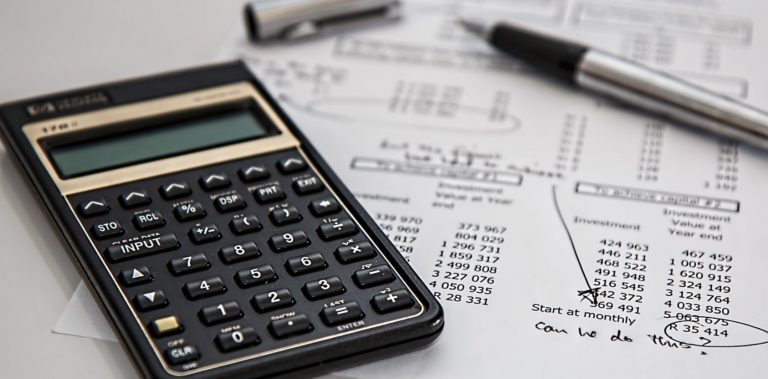By paying estimated taxes as part of your self-employment tax, you can make sure that the Internal Revenue Service (IRS) has access to sufficient funds throughout the year to ignore past-due round sums due at tax filing time. A taxpayer should consider paying anticipated tax if they earn a specific type of income that is not subject to tax curbing. Capital gains tax, rental income, self-employment income (also called 1099 income), and investment income are a few examples.
When to Make an Estimated Tax Payment
Estimated taxes must be paid on income that is not subject to withholding, such as self-employment income, compensation, interest, alimony, rent, and rewards. When you pay estimated taxes, you get repaid for both self-employment and income taxes. What is the penalty for not paying projected taxes, though? Generally, you must pay estimated taxes when:
– You should owe roughly $1,000 in taxes after deducting your refundable and withholding credits.
– The less of 90% of the tax stated on your tax return or 100% of the tax shown on your tax return from the previous year must be offset using your refundable and withholding credits.
How much are penalties for not paying estimated taxes?
The penalty for failing to pay the anticipated taxes may vary from year to year, and the size of your fine is determined by your particular situation. The IRS will typically assess any fines imposed for your inability to pay anticipated taxes and send you a bill. Additionally, you might need to calculate the punishment individually in some situations. There is a distinct non-payment penalty assigned to each term for the payment of estimated taxes. For an accurate and practical method of calculating your penalty, use IRS Form 2210, which is available online. You must specifically determine the amount of unpaid tax you owe, which you may do using a tax calculator. You can use the instructions on Form 2210 to determine your penalty amount, which is determined by the total of your overdue taxes.
You will in most cases incur a penalty if you don’t make the required minimum payment for a certain payment month. If you consistently skip payments, you will also be charged a fee from the payment due date until the payment is made.
When to Apply Penalties for Not Paying Enough Taxes Estimated
You may be compelled to pay back a penalty if you don’t pay enough taxes, whether through automated withholding or the remittance of estimated taxes. In addition, even if you are eligible for a tax refund, you will still be subject to the penalty if you don’t pay the necessary expected taxes by the deadline.
There are several exceptions to the standard regulations regarding penalties for failing to pay anticipated taxes. If your total tax is less than $1,000, you won’t be penalized for paying too little in expected taxes. Additionally, if you were a citizen of the United States for the entire year and had no tax liabilities in the prior year, you will not be penalized for failing to pay anticipated taxes. If last year, you did not need to file a tax return, for example, you won’t be penalized for neglecting to pay anticipated taxes.
Conclusion
If you want to figure out how much the penalty is for failing to pay estimated taxes, you must utilize IRS Form 1040-ES to do it, or you can use a tax estimator.
Any tax withholding can be altered to suit your needs. If you have a basic job where taxes are automatically withdrawn but you also make additional self-employment income, you might want to have more tax withheld from your regular paycheck to cover taxes payable on your additional income. This method allows for a total avoidance of predicted taxes.
Never forget that by itemizing your deductions, you can always reduce the amount of tax you owe each year.



0 Comments